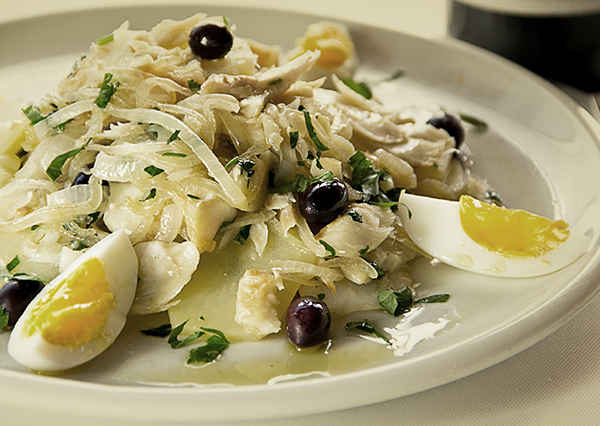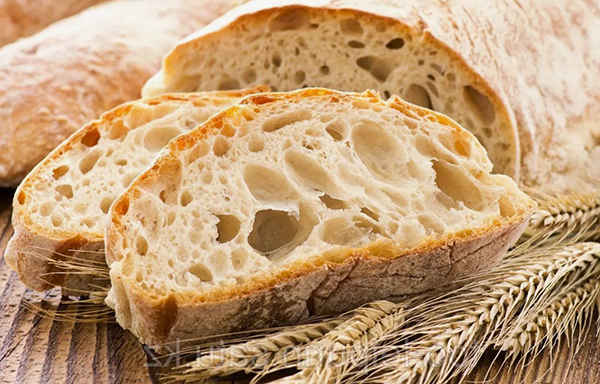Why is Portuguese food so bad?

Reasons Some People Might Perceive Portuguese Food as “Bad”:
Simplicity of Dishes
Portuguese cuisine often emphasizes simple, traditional recipes that might lack the complexity or spice that some people expect.

Dishes like bacalhau à brás (shredded cod with potatoes and eggs) or caldo verde (kale soup) are straightforward and might seem bland to those accustomed to more robust flavors.

Heavy Use of Certain Ingredients
The extensive use of cod (bacalhau) can be off-putting to those who are not fond of fish. Additionally, the reliance on ingredients like potatoes, cabbage, and pork might seem monotonous to those who prefer more variety in their diet.
Preservation Methods
Traditional Portuguese food includes many preserved items like salted cod, cured sausages, and pickled vegetables. These preservation methods can impart strong, sometimes overpowering flavors that are not to everyone’s taste.
Lack of International Influence
Unlike cuisines that have evolved significantly through international influences, Portuguese food remains quite traditional and unchanged. This lack of fusion or modern twist can make the cuisine seem outdated or uninspired to some.
Regional Variations
While regional variations add richness to Portuguese cuisine, they can also result in a culinary experience that feels inconsistent. Dishes in the north might be very different from those in the south, leading to mixed impressions based on where one is dining.
Presentation
The focus on hearty, rustic food means that presentation is often not a priority. Many Portuguese dishes are served in a manner that might appear unrefined or unappealing compared to the artful presentation found in other cuisines.
Perception and Expectations
Cultural expectations and personal biases play a significant role. For example, Americans used to bold and spicy flavors might find Portuguese food understated. Media portrayal and lack of exposure can also contribute to negative perceptions.
What to Do About It

- Explore Diverse Dishes
Don’t judge the cuisine based on a few dishes. Portugal offers a wide range of foods from seafood to meat stews, pastries, and unique desserts. Try dishes like cataplana (seafood stew), feijoada (bean stew), or pastéis de nata (custard tarts).
- Understand the Context
Learn about the history and culture behind the food. Knowing why certain preservation methods were used or why simplicity is valued can enhance appreciation.
- Cook at Home
Experiment with Portuguese recipes at home. Adjusting spices and ingredients to suit personal taste can provide a better appreciation of the cuisine.
- Visit Different Regions
Experience food from different parts of Portugal. Each region has its specialties, and what might seem bland in one area can be vibrant in another.
- Pair with Wine
Portugal has excellent wines that pair wonderfully with its food. Trying the right wine with a meal can significantly enhance the dining experience.
Interesting Facts About Portuguese Cuisine
Codfish (Bacalhau) has over 365 Recipes: There’s a saying in Portugal that there’s a different cod recipe for each day of the year, showcasing its versatility.

Portugal’s Influence on Global Cuisine: Despite being seen as insular, Portuguese explorers spread ingredients like chilies, peppers, and tomatoes across the world during the Age of Discoveries.
Unique Pastries: Portugal is famous for its pastries, particularly pastéis de nata, which have gained international acclaim.

Bread Culture: Bread is a staple in Portugal, with different regions boasting unique varieties like broa de milho (cornbread) and pão alentejano (Alentejo bread).

By approaching Portuguese cuisine with an open mind and willingness to explore its diversity, one can discover its rich and comforting flavors that might initially be underestimated.












